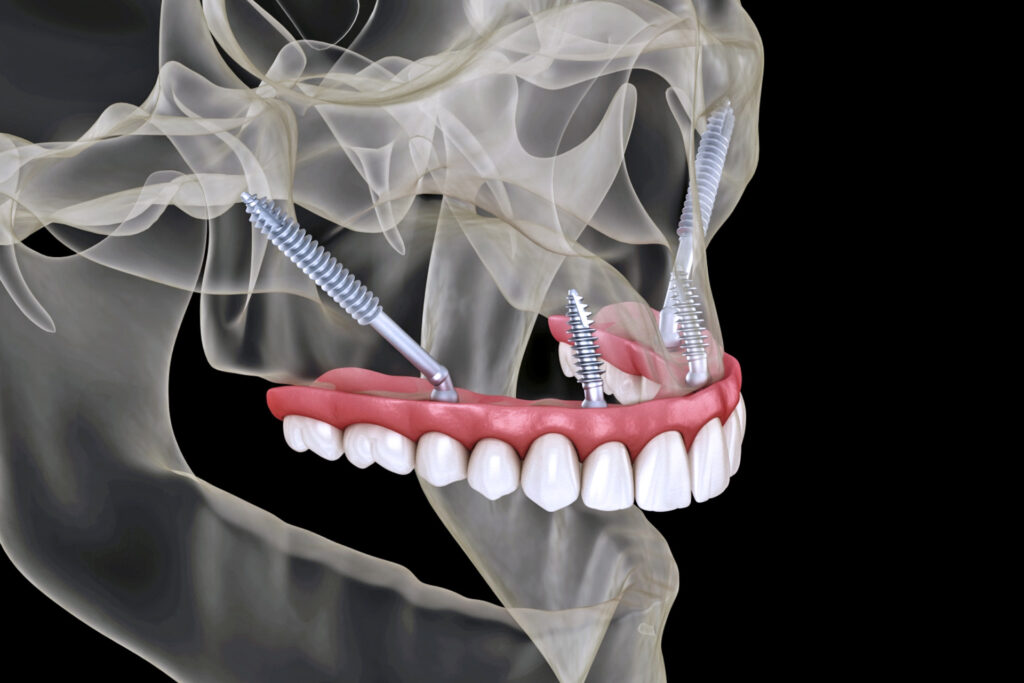
Braces treatment is applied to reorganize the teeth and jaw structure of patients with orthodontic disorders such as crooked, protruding, misshapen, gapped teeth, problems in the jaw structure, and overlapping of the upper and lower teeth when the mouth is closed.
In the treatment, the pulling force applied to the teeth is changed at certain intervals to bring the teeth to the appropriate position.
It can be applied in children older than 12 years of age and in adults. In adults, long and aggressive treatment is planned to achieve the desired results. When braces treatment is completed, teeth, gums and oral health are protected as well as aesthetically beautiful smiles. Thanks to the regularity in the tooth structure, positive improvements and ease in speech, chewing and swallowing compared to the situation before treatment increase the patient’s comfort of life.
Braces treatment basically consists of braces, brackets that are attached to the teeth, elastic material that holds the braces to the bracket and fixed devices or removable appliances. Braces treatment is defined by different names depending on the type of bracket.
Braces are made of gold-nickel, stainless steel, chrome-cobalt-nickel, titanium, nickel-titanium, beta titanium, copper-nickel-titanium, transparent optical fiber. Brackets are made of metal, plastic, ceramic and sapphire. Brackets made of plastic, ceramic and sapphire are called transparent brackets. Sapphire is more transparent than ceramic and its strength is close to metal.
While the treatment is completed in 6 months-2 years by applying more force to the teeth to which the metal brackets are attached, it is clearly visible in the mouth during treatment.
Ceramic brackets are treated with less force since their strength is lower and more fragile than metal brackets. The treatment period is planned between 1.5-3 years. While the treatment period is longer than metal brackets, it is shorter than the transparent plate method. With ceramic material with different color options, the patient’s aesthetic concerns are eliminated by choosing the bracket closest to their own tooth color. Compared to braces with metal brackets, it is visually larger, smoother and less obvious because it is transparent. Staining is more likely.
Ceramic braces are more expensive than metal braces due to the manufacturing process. The enamel may be damaged when the bracket is removed due to its high adhesion strength. It should not be applied in patients with enamel cracks or treated teeth. When swallowed, it is not visible on X-rays. Ceramic brackets are also taken into consideration during tooth cleaning to prevent possible gum and gum diseases.
The lingual bracket method prevents the deterioration of the aesthetic appearance during the treatment phase by applying brackets and braces to the back of the teeth facing the tongue. Transparent plaque is a treatment method that cannot be seen from the outside without wires and brackets.
The orthodontist decides which braces and brackets to use based on the patient’s allergen status and the correct treatment stages. The surface of the teeth is cleaned and rinsed and the brackets are adhered to the tooth surface. The braces are appropriately attached to the brackets and the treatment begins. The orthodontist makes periodic checks and advances the treatment with the necessary arrangements.
During the treatment, the patient should avoid acidic, hard, hot, cold foods and pay attention to oral care to protect dental health and help the treatment to be completed quickly.





